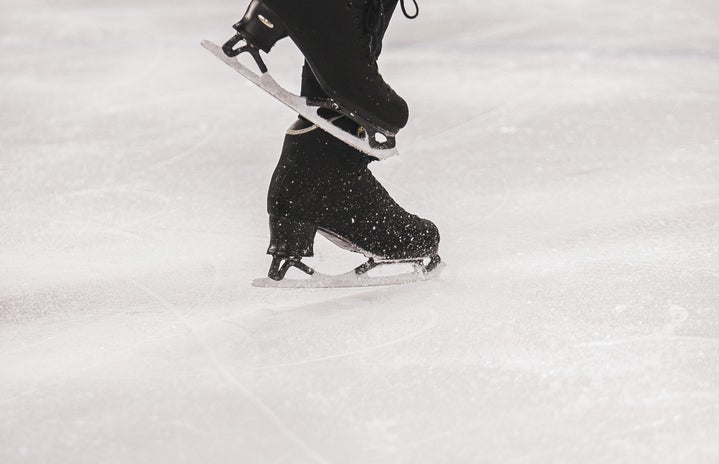Today, figure skating is often seen as upholding gender normative standards, with persisting expectations of “feminine” attire for women contestants and unequal restrictions for them. But, most wouldn’t know that figure skating is largely the reason women nowadays compete alongside men in sports competitions.
According to the Japanese Center for Research on Women in Sport, figure skating was one of the first sports that allowed women to participate in the Olympics because it was considered a ‘feminine sport’, and only “the events that men considered being a ‘feminine sport’ were recognised as women’s sport events.” Even though it reinforced a man’s view of femininity, figure skating was a way into the world of sports, which was a man’s world until 1902.
“Together with six traditional summer sports including tennis, sailing, archery and croquet, it was one of the first sports with a category for women competitors and the only women’s winter Olympic sport until 1936,” wrote Kat Eschner in the Smithsonian Magazine.
Skating clubs in England and Scotland held the very first ice skating competitions, where there were mostly only male competitors. These first competitions consisted in drawing images or “figures” on the ice, which is why it came to be known as “figure skating”. Women were allowed to participate, but it was just assumed that they wouldn’t until 1902.
In 1902, British figure skater Madge Syers, a woman, entered the competition since there was no rule banning women. She won second place, but the first place winner offered her his gold medal because he thought she deserved it more. After Syers’ performance, an official rule was written that explicitly barred women from participating in future competitions. In response, a separate Ladies World Championship was created to give women a chance to compete.
It was important for women to participate in international skating competitions because these were the only times that women were allowed to compete on an equal basis to men, and be judged independently.
It was Syers who then co-authored “The Book of Winter Sports” with her husband, Edgar Syers, which she used to advocate that figure skating was a women’s sport since it fit feminine qualities.
“It requires not so much strength as grace, combined with a fine balance, and the ability to move the feet rapidly,” she wrote in the chapter “Skating for Ladies” of “The Book of Winter Sports”.
In the 1908 London Summer Olympics, figure skating was included and Syers won gold. Almost 20 years later, the first winter Olympics were held in 1924 and figure skating was the only event with a women’s category.
During the recent 2022 Beijing Winter Olympics, a subtle, but an important name change to the Figure Skating competitions made headlines. The name changed from “ladies” figure skating, to “women’s” figure skating.
“The name change is the result of a 2018 IOC (International Olympic Committee) gender equity review, which recommended that international sport federations use equivalent terminology when referring to men’s and women’s events,” wrote NBC Sports.
These changes bring attention to the persisting inequalities in judging of men and women in figure skating competitions. For example, women are restricted from executing certain moves that men are instead allowed, such as the quad jump.
There is no attention paid to helping women athletes who are also raising a family. Also, “there is still a low ratio of female coaches and executives in sports organizations,” according to the Japanese Center for Research on Women in Sport.
In 1994, the International Working Group on Women and Sport (IWG) was established.
“The IWG is an independent body of key governmental and non-governmental organizations which aims to empower women and improve their roles in sport,” according to the Japanese Center for Research on Women in Sport.
Although figure skating isn’t the symbol of gender equality and nowadays is holding women back with some inequalities in the judging process and the dress codes, it has helped women get ahead in sports. Figure skating introduced women to sports competitions, allowing them to get to where they are today.


